21 December 2021
How can sustainable technological and social advancement be maintained while the European population grows year on year? And above all: how can a sustainable relationship between food production and consumption be maintained? These seem very demanding questions and, in many ways, they are, but with the 2020 Green Deal agreement the European Union has also launched a whole series of other measures, including – indeed – the Farm-To-Fork strategy.
The h-ALO project fits exactly within this strategy and will give its contribution to development through a cutting-edge bio-chemical photonic-based sensor enabling the on-site detection of microbiological and chemical contaminants in a broad number of different farm-to-fork food chains.
Nevertheless, the European strategy lives of objectives, and what, specifically, are the objectives of the Food-To-Fork strategy?
- Ensure sustainable food production;
- Ensure food safety;
- Promote a sustainable food chain from start to finish: from processing to sale (both wholesale and retail), and also ancillary services, such as hospitality and catering;
- Promote the consumption of sustainable foods and support the transition to healthy eating habits;
- Reduce food waste;
- Combat food fraud along the supply chain.
h-ALO is therefore called upon to give an answer on many of these points, intervening directly on some and indirectly on others. Specifically, the project will be able to make an important contribution to these specific objectives:
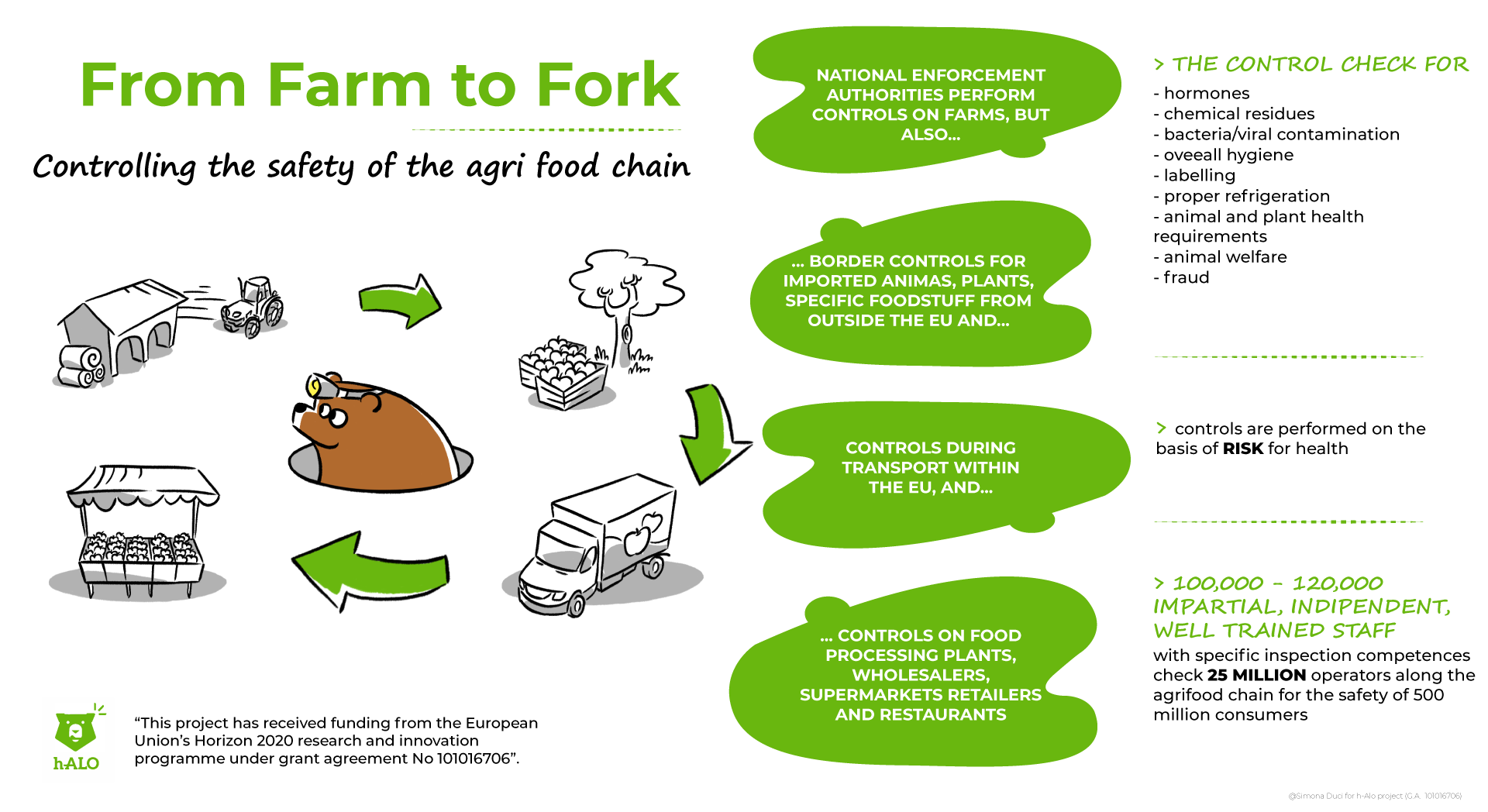
Since the Farm-To-Fork strategy aims to make the entire food production chain more sustainable, it is very important to have tools that can help breeders, farmers and fishermen, as specified by the European Union. The sensor developed within the h-ALO project aims precisely to provide a useful tool to make production activities more sustainable, safer and above all to reduce waste throughout the supply chain.
All this will make European manufacturers even more capable of competing on domestic and foreign markets and at the same time create a virtuous precedent combined with an impressive amount of data that can be analyzed.
Basically: thanks to h-ALO and thanks to European policies like this we will be able to transform a model that is not yet sustainable into sustainable. Even today, for example, 14% of food is thrown away and some specific products have enormously higher indices worldwide, as can be seen from the graphic below.
14 Percent of Food Goes to Waste
Global share of different agricultural products that are thrown away (2016)
We know that these are not only European but global challenges, but we are also convinced that we can make our contribution through h-ALO, a project that makes use of the skills of extremely well-prepared and knowledgeable partners on these topics.
The challenge is not tomorrow, because tomorrow would be too late. The challenge is here, every day, and we are making our contribution.
Do not miss any of the news on the developments of the h-ALO project, visit the newsroom and follow our social networks!


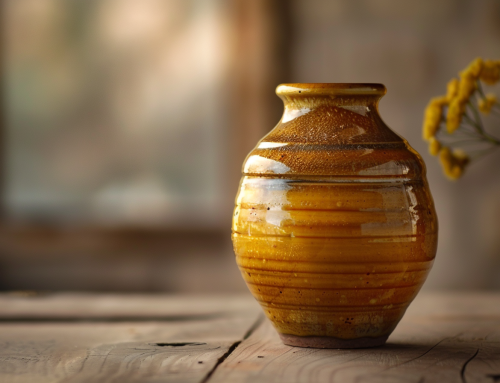
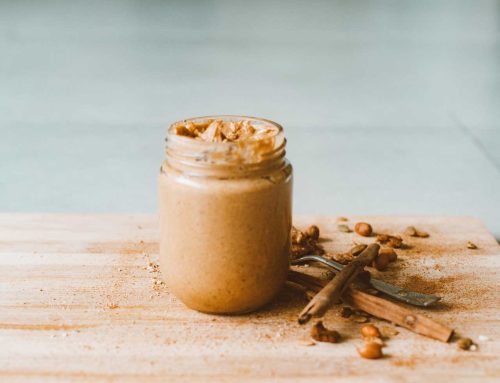
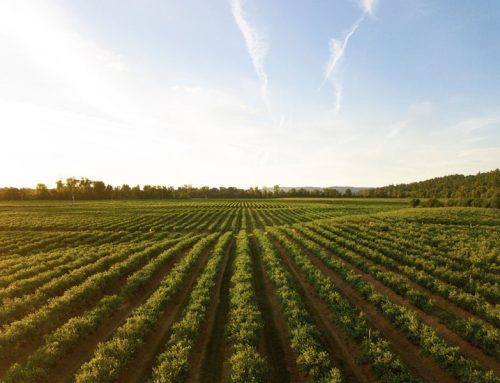
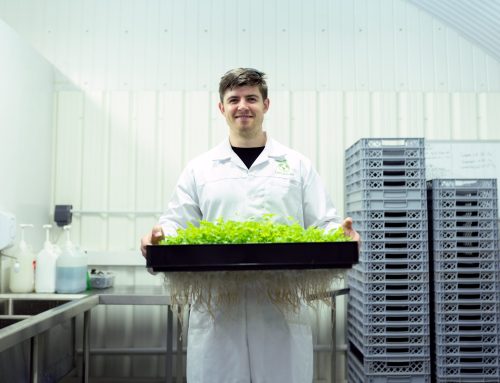
Leave A Comment